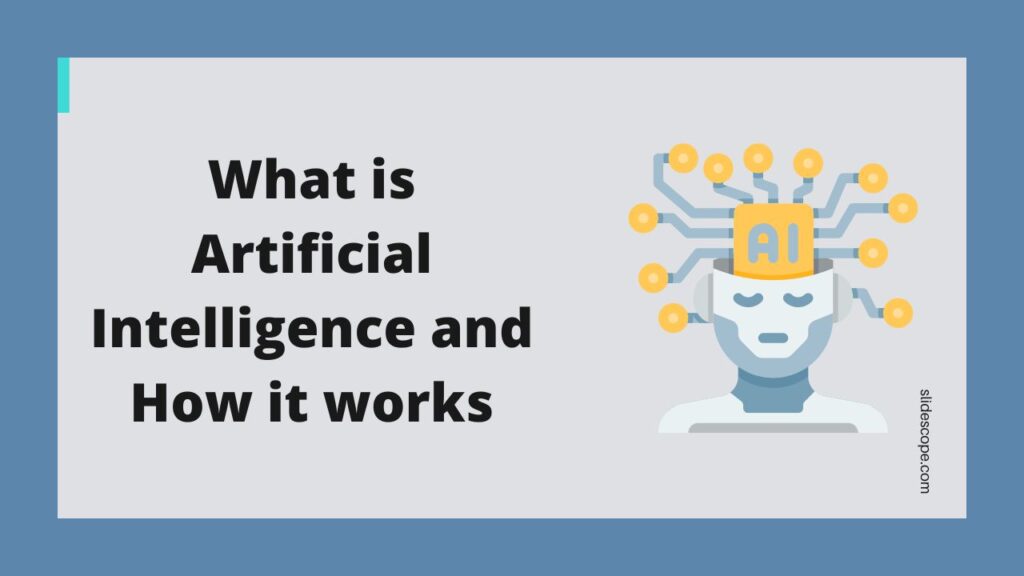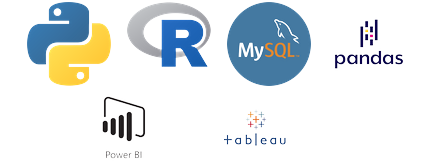Artificial intelligence (AI) is a simulation of human intelligence that is processed by machines or computer systems. AI computer systems are capable of performing tasks that require human intelligence. Specific applications of AI include experts systems for natural language processing (NLP), speech recognition and image processing.
Artificial intelligence is a conglomerate of concepts and technologies that can mean different things to different people – from self-driving cars to robots that embody humans – but machine learning has more uses for artificial intelligence than you might be looking for. Although machine learning is a fuel for technologies that can help workers and open up new opportunities for companies, there are some things that leaders should know about machine learning and its limitations.
Artificial intelligence enables computers and machines to mimic the perception, learning, problem solving and decision-making abilities of the human mind. In computer science the term artificial intelligence (AI) refers to the human intelligence shown by computers, robots and other machines.
In common parlance, artificial intelligence refers to the ability of a computer or machine to mimic some or all of the abilities of a human mind: learning (through experience, for example), recognizing objects, understanding and reacting to language, making decisions, solving problems, and combining other skills to perform functions that humans perform, such as greeting hotel guests or driving a car.
Banished to science fiction for decades, AI is now part of everyday life. AI is based on the assumption that human intelligence can be described as something that machines can make to simulate. AI itself relies on computers, information technology, mathematics, psychology, linguistics, philosophy and many other fields.
The biggest breakthroughs in AI research in recent years have been driven by the easy availability of data and the explosion of parallel computing power. Over time, the use of clusters of graphics processors (GPUs) to train machine learning systems has taken hold. In the following, I will outline some of these developments in the field of machine learning, in particular the areas of deep learning. Machine learning (ML) has been a fundamental concept in AI research since the beginnings of D. The study of computer algorithms to improve the experience.
Artificial intelligence (AI) and machine learning (ML) are terms which cause a stir in the tech world, and with good reason. AI and ML help organizations streamline processes, uncover data, and make better business decisions. As artificial intelligence advances in the industry and helps it operate more efficiently, it becomes an indispensable technology for businesses to maintain their competitive advantage.
Where is Artificial intelligence Applied
- AI In Marketing
- AI In Banking
- AI In Finance
- AI In Agriculture
- AI In HealthCare
- AI In Gaming
- AI In Space Exploration
- AI In Autonomous Vehicles
- AI In Chatbots
- AI In Artificial Creativity
Artificial intelligence (AI) and machine learning (ML) are responsible for skills such as facial recognition on smartphones, personalized online shopping experiences, virtual assistants for the home and medical diagnosis of diseases. Artificial intelligence algorithms are passive machines that can trigger mechanical, predetermined reactions. They are designed to make decisions based on real-time data.
With the help of sensors, digital data and remote inputs, artificial intelligence algorithms combine information from a variety of different sources, analyze it and draw on the insights gained. Machine learning algorithms learn by observing their publicly available data sets and comparing them, for example, with the final result. They learn to improve and learn from their performance.
Current intelligent systems are able to process huge amounts of data and perform complex calculations. Deep Blue is a perfect example of this type of machine that can identify every piece on the chess board and know every move – IBM\’s chess supercomputer that beat international grandmaster Garry Kasparov in the late 1990s. More advanced computers, such as IBM\’s Watson, can beat humans at chess and can process vast amounts of information.
Software systems that can make decisions that require expertise at the human level can help people predict problems and deal with them as they arise. AI can perform a variety of tasks better than normal humans because it is more attuned to human-specific tasks. Natural language skills and the ability to learn oneself without human interference are the reasons artificial intelligence evolves and becomes more human, and their interactions are smarter and faster.
Psychology is called mind theory, the understanding of how people, creatures and objects in the world have thoughts and emotions that influence their own behavior, which is crucial because we humans form societies that enable us to engage in social interaction.
Ethical use of artificial intelligence represents a new set of functionalities for companies, but the use of artificial intelligence also raises ethical questions about how AI systems should be strengthened for better or worse as they learn. AI systems can then adapt their behavior accordingly, and the final step in AI development is to build systems that represent themselves.
Wendell Wallach introduced the concept of artificial moral agents first in his book Moral Machines, and since then he and the concept have been part of the research landscape on artificial intelligence and leading the field with two central questions that Wallach identifies:
- why humanity wants computers to make moral decisions
- why robots should be moral
The first two ideas concern thought processes and reasoning, while the other deals with behaviour. For Wallach, these questions are not about whether machines can exhibit equivalent moral behavior, but rather about the constraints society should impose on the development of these actors.
A more detailed explanation can be found in Jeremy\’s keynote speech on this topic at the Japan AI Experience. The program encompasses data science, robotics and ML and enables students to pursue holistic, interdisciplinary courses and prepare for positions in research, operations, software and hardware development, as well as a doctorate.
It powers autonomous vehicles and machines that use images to diagnose diseases. The necessary infrastructure and related services are available on major cloud platforms such as Amazon Web Services, Microsoft Azure, and Google Cloud Platform; cloud-based data stores that can store enormous amounts of data needed to train machine learning; services that transform data and prepare it for analysis; visualization tools that display results; and software that simplifies model creation.
We teach Machine Learning and Artificial Intelligence in Our Data Analytics Course


